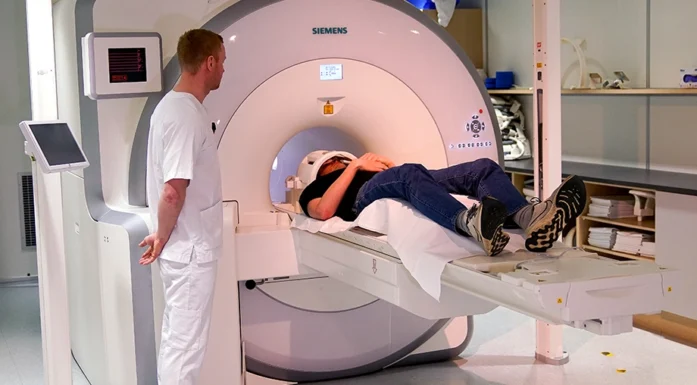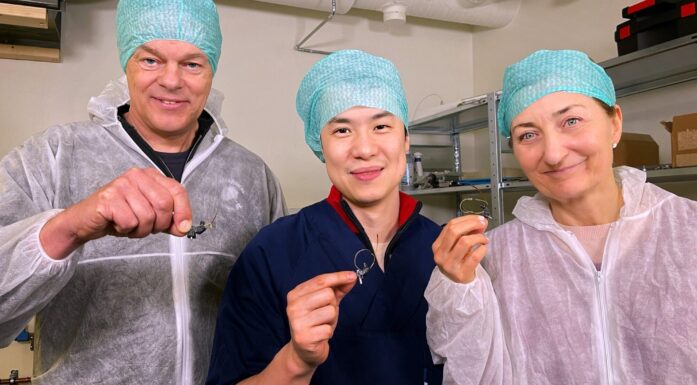Kavli researchers find speed cells in the brain
A “Flintstones car” helps neuroscientists discover speed cells in the brain, a critical part of the brain’s navigation system.
NTNU Nobel Laureates May-Britt and Edvard Moser of the Kavli Institute for Systems Neuroscience won international recognition for discovering grid cells, which act like the brain’s inner GPS. Now they and colleagues Emilio Kropff and James Carmichael report the discovery of speed cells, which provide a critical piece of information to the brain’s navigation system.
The find was published in the 15 July edition of Nature magazine and has received international attention, including reviews in Nature and Science.
“This is a big step forward,” Edvard Moser told Adressavisen, a Norwegian newspaper based in Trondheim. “This has been the missing puzzle piece in our research on the brain’s sense of place.”
The Mosers record brain activity in specially trained rats for their research; to study speed cells, the researchers created a kind of “Flintstones car,” a box with no bottom in which they placed the rat, and that allowed scientists to control how fast the rat ran on a treadmill.
Edvard Moser described speed cells “as a kind of speedometer. The activity in the cells increases when the speed with which the rat moves increases. This find is an essential part of the internal map that we have worked with over the last decade. The map is dynamic and can’t be updated without information on speed,” he said in the newspaper interview. “The find shows how the cells in the brain’s positioning system work together.”
Although the Nature publication was released on 15 July, the researchers have been hinting at their discovery for some time. May-Britt Moser first mentioned speed cells in her Nobel lecture from December last year.





